Interview
Interview: Lydia Swinney
In the third of our interview series we talk with Lydia Swinney over her collage work.
What was my journey into the arts?
My initial interest was in film studies, I moved from my home town Preston, Lancashire to study on the Film and English degree at The University of Salford, looking into Classical Hollywood and Avant Garde cinema, as well as modern and post modern texts. After which I found myself wanting to investigate these interests further through a more hands on and practical approach, it was then that I transferred to the Visual Arts degree in 2015.
During this course I realised the basis for my art practice, specifically through collage are screen printing as well as being inspired by artists such as Rachel Maclean and Robert Rauschenberg.
After graduating in 2018 I moved back home to work full time to save up for post graduate study. In December 2019 I enrolled on to an ArtLab print making membership at The University of Central Lancashire. This experience allowed me to spend time reflecting upon and thinking critically about my practice, in terms of having the time to experiment with my conceptual ideas and to expand on my skills as a print maker. Through becoming a member on the ArtLab scheme i have been able to establish new relationships with a variety or artists and have developed a new body of work in preparation to apply for a post graduate degree. I have recently applied for a Fine Art Masters and I’m currently waiting to hear back for their decision.
Is your work commissioned or self motivated?
My practice is predominantly self motivated, in that I seek to translate and redefine my observations of the world around me. Through my research and practical work my intent is to investigate and confront specific themes such as Capitalist production and consumption, looking into how this affects the individual. These areas of research are rooted in my interests to explore and dissect ‘inner-world’ and ‘outer-world’ narratives of conflict and disorder in the individual, whether on a personal basis or observational this drives me to create work through a somewhat therapeutic approach.
What are the aims of your collage work? Is it more instinctual or more planned out?
I find that using collage allows me to work in a non linear format in terms of sifting through ready-made or found imagery, I can then re-define meaning and contradictory ideology therefore ignoring cultural or material order. This process allows me to work instinctually, creating work that focuses on producing emotive, web-like compositions to reflect reality rather than employing a formalistic style. I then take these collages into screen print to experiment with using painterly techniques to rework colour and texture, preferring to work on a larger scale to produce expressive and fluid designs.Throughout this processes I use imagery, text, colour and paint to create erratic and expressive textures or markings, inviting the viewer to slow down to dissect and form meaning in my work.
Your work often uses found items and clippings, where does this interest come from?
I have always been interested in the idea that art and life are connected rather than separate or ‘coexisting’: what I create is always a product of my inner and outer experiences or environments. In relation to this, particularly with using and assembling found imagery and clippings, collage allows me to manipulate and fuse together elements of ‘the real’ and ‘the abstract’ in my work. I originally found this process through looking at methods of appropriation used by artists such as Hannah Hoch and Barbara Kruger and in the earlier stages of my work I found that collaging helped me to mentally organise and visually connect ideas that were not yet fully realised.
Do you use a sketchbook or journal?
The imagery I use in my collages always comes from high end fashion or “lifestyle” magazines, I then stick my designs back into another page of the magazine which in itself becomes the sketchbook. This process motivates me to bounce ideas off ready-made compositions, whilst looking through images and designs I often have words or short sentences in mind which I seek to translate visually in my collages. I use sketchbooks to investigate this further through “language exercises” using synonym diagrams to create and study a web of relating vocabulary in order to relate language, word patterns and their connections, to new imagery to then translate these findings into my collage pieces.

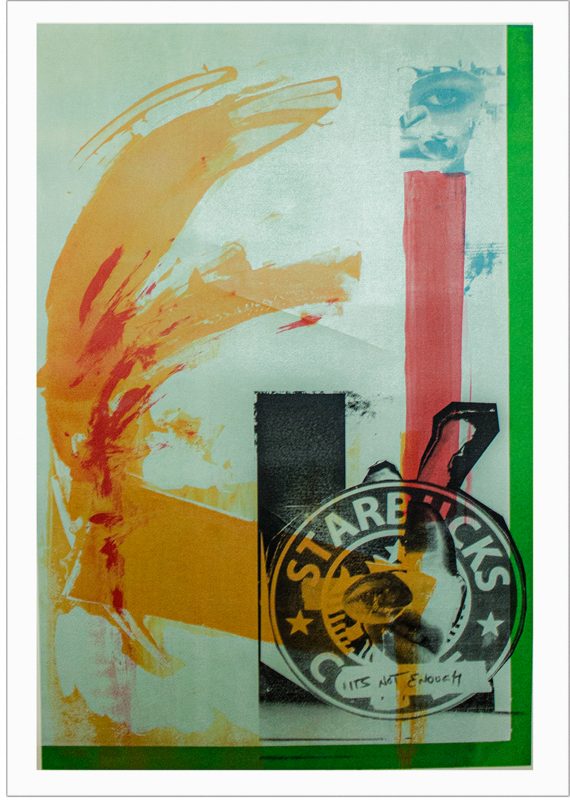
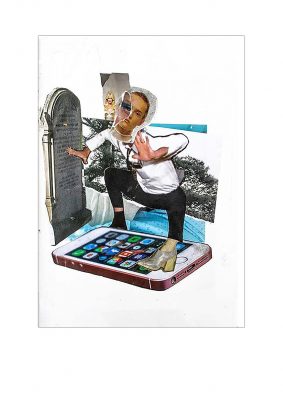
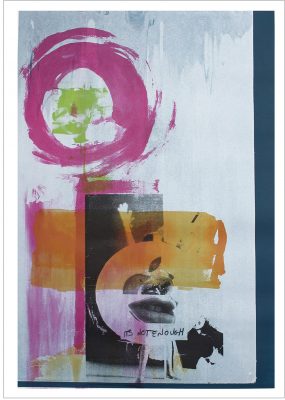
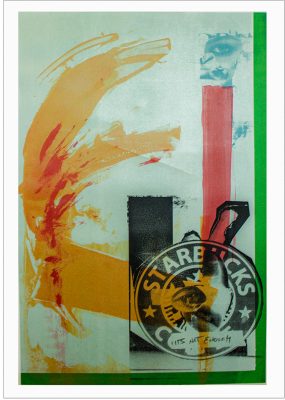

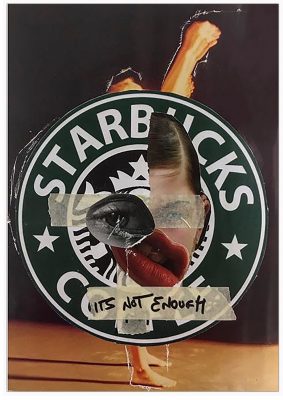
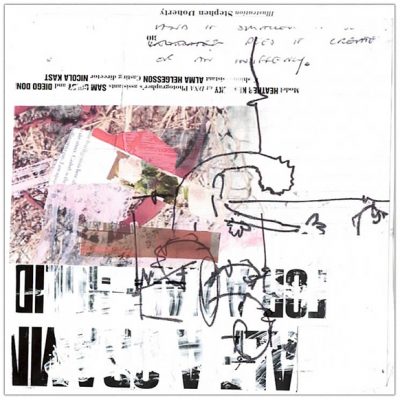
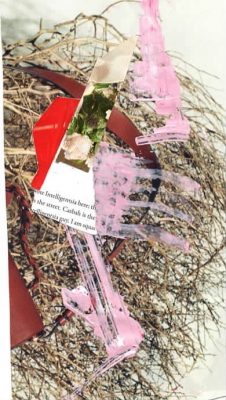
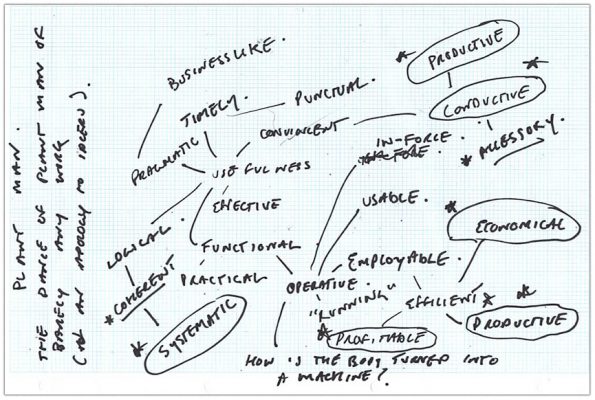
Do you like this artist?
If so, why not write a comment or share it to your social media. Thanks in advance if you can help in this way.